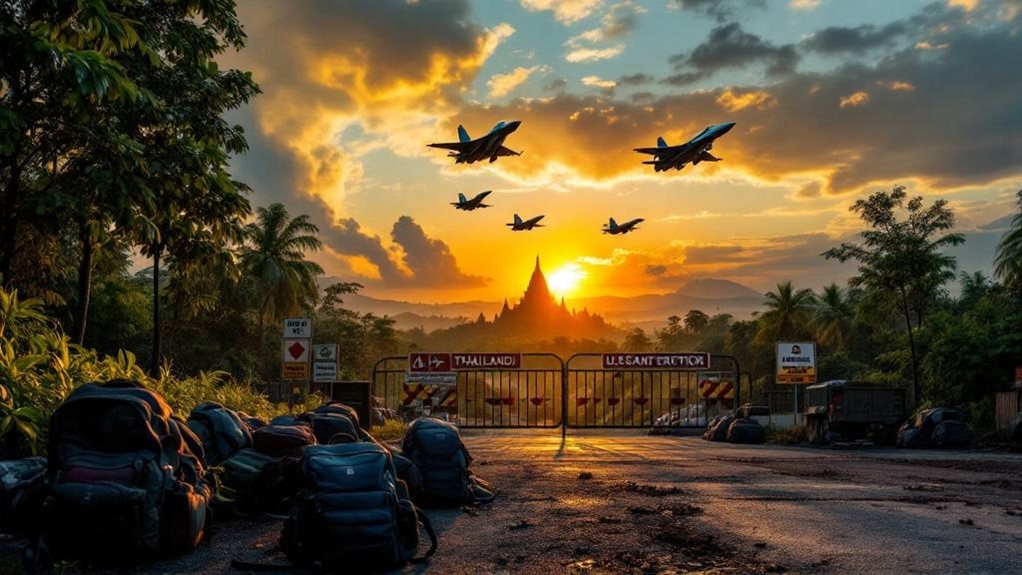Chiang Mai’s tourism slump in 2025 defies expectations due to a steep decline in Chinese arrivals—down by up to 60 percent—and a significant drop in domestic visitors, driven by China’s economic slowdown, safety concerns, and reduced direct flights, averaging only eight daily from China compared to pre-pandemic levels. Despite increased South Korean tourism and efforts to diversify visitor markets, hotel occupancy and local revenues remain low, raising broader concerns for the city’s economic resilience. Further exploration reveals the complex interplay of these factors.
How has Chiang Mai, once a major hub for both international and domestic travelers, entered a period of marked decline in 2025? The city, historically known for its vibrant tourism sector and annual influx of visitors, now faces a sharp downturn. The overall number of tourists has dropped considerably, with the most notable decrease observed in the Chinese market. Since the start of 2025, arrivals from China—previously the city’s largest international demographic—have fallen by 50–60%. This trend is compounded by a simultaneous decline of over 20% in Thai tourist visits, affecting both urban and rural businesses reliant on domestic travelers.
Chiang Mai’s tourism sector faces a sharp downturn in 2025, with steep declines in both Chinese and Thai visitor numbers.
Economic factors underpin much of this contraction. China’s slowing economy plays a central role, directly influencing the disposable income and travel habits of Chinese nationals. Additionally, persistent safety concerns have diminished Chiang Mai’s appeal among this group. The impact is visible in the reduced number of direct flights from China, which now average only eight per day, far below the pre-COVID high of 15–18 daily flights in 2019. Consequently, Chiang Mai International Airport records a clear shift in visitor demographics, with more arrivals now originating from markets such as South Korea. The need for diversification in tourist markets is now a key focus for local authorities as they attempt to counterbalance the loss of traditional visitor segments. Tourism contributed 48.45 billion USD to Thailand’s GDP in 2019, highlighting the broader economic stakes involved in Chiang Mai’s current downturn.
In response to these challenges, Chiang Mai has increased efforts to diversify its tourism sources. South Korean tourists, drawn by the city’s cool winter weather, are on track to become the leading international visitor group, supported by a growing number of direct flights. Despite these efforts, the overall outlook remains bleak, particularly during the low season in the second and third quarters of 2025.
Even major cultural events, such as the Songkran festival, failed to stave off the slump in April, highlighting the severity of the downturn. Hotel occupancy rates have fallen, and the city’s infrastructure, designed to accommodate a wide range of tourists, now faces underutilization.
While Thailand projects future growth in overall tourism revenue, Chiang Mai’s current predicament underscores the complexities of shifting market preferences and the enduring impact of economic volatility and safety perceptions on regional tourism hubs.









